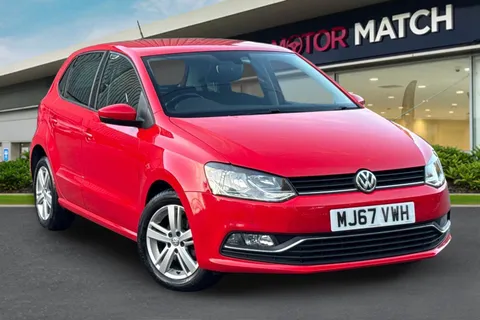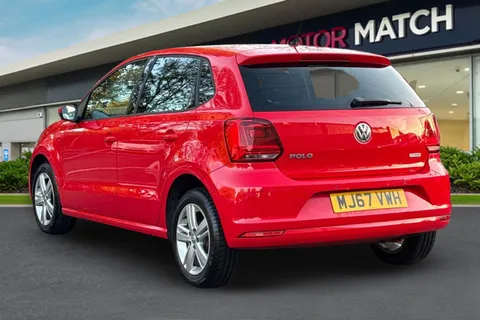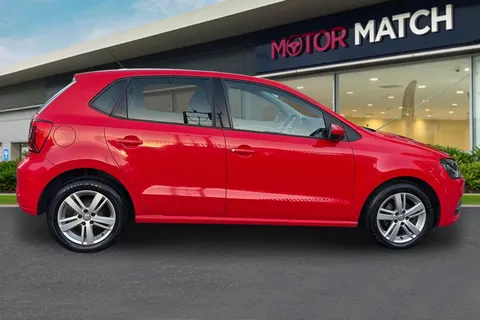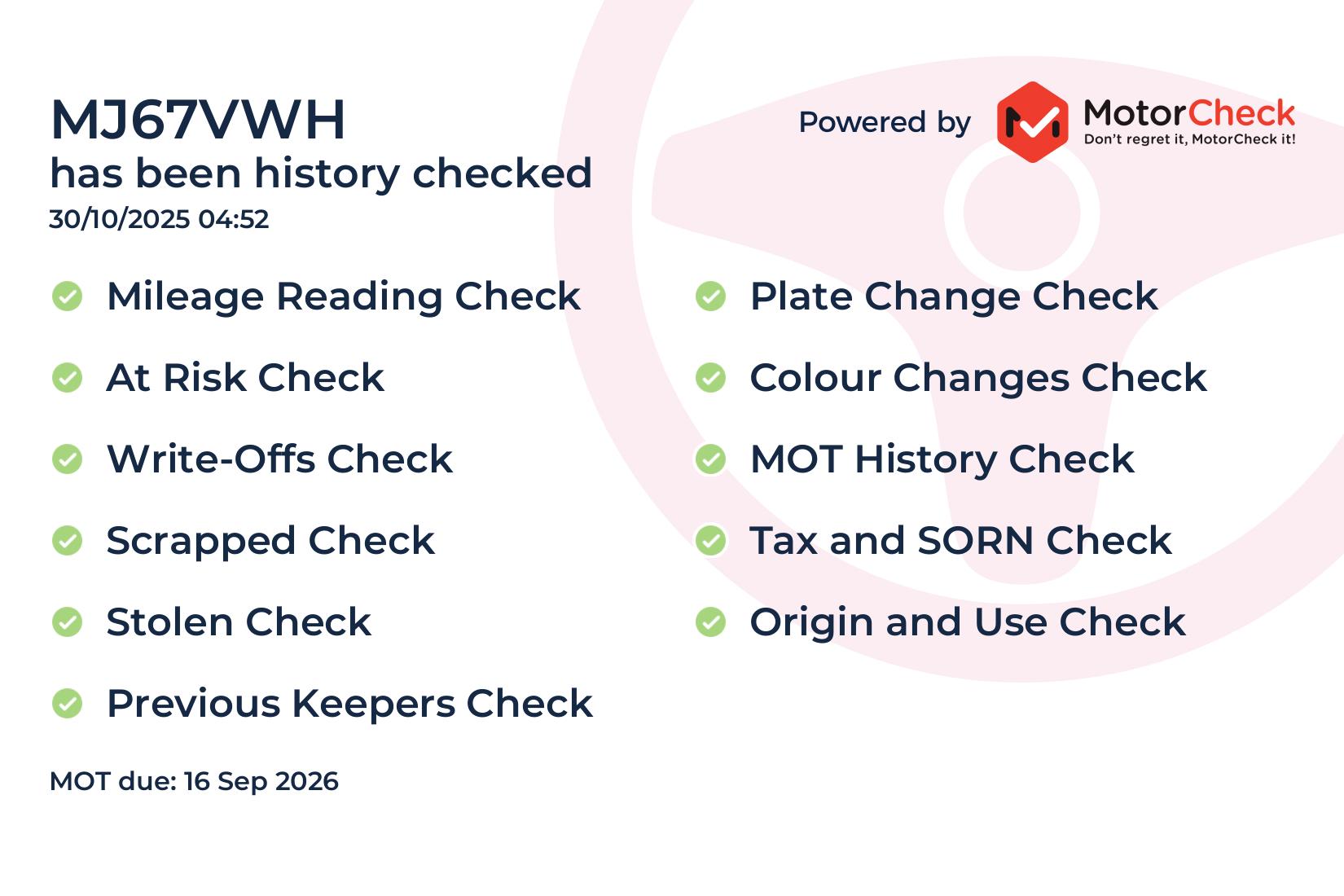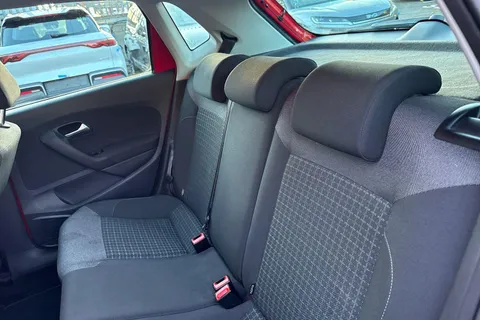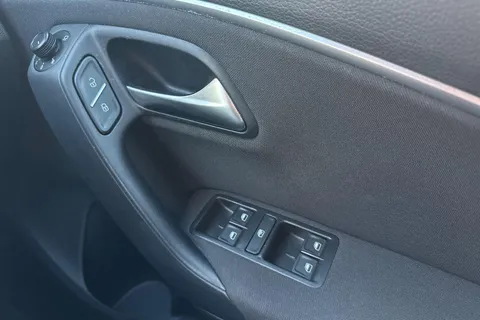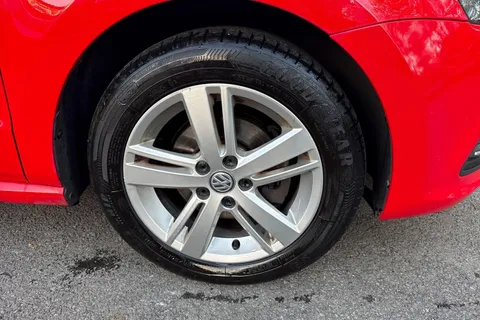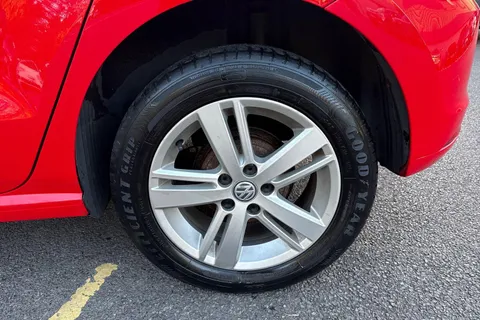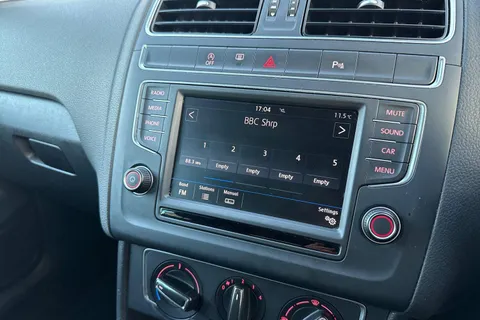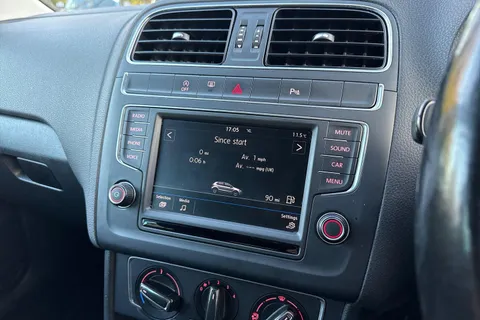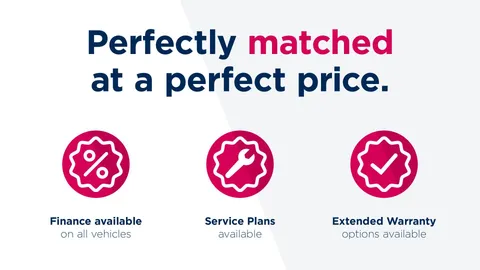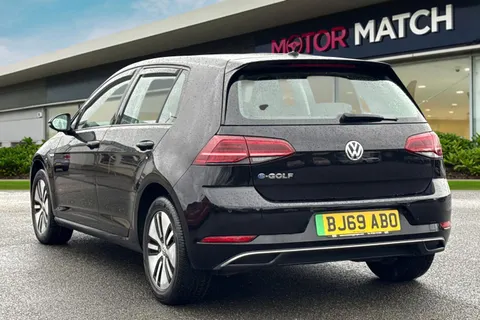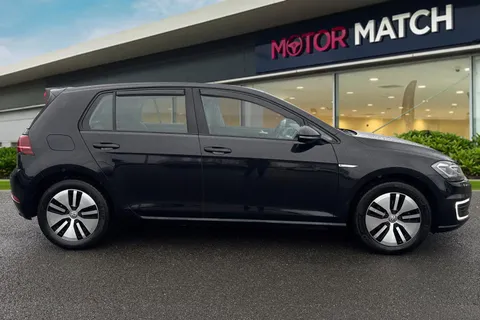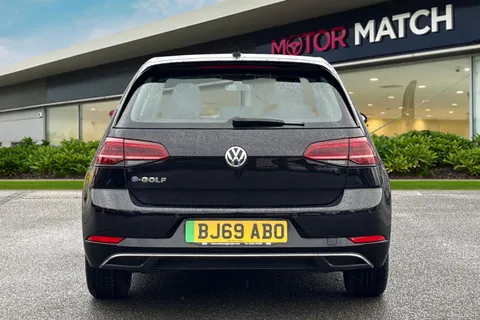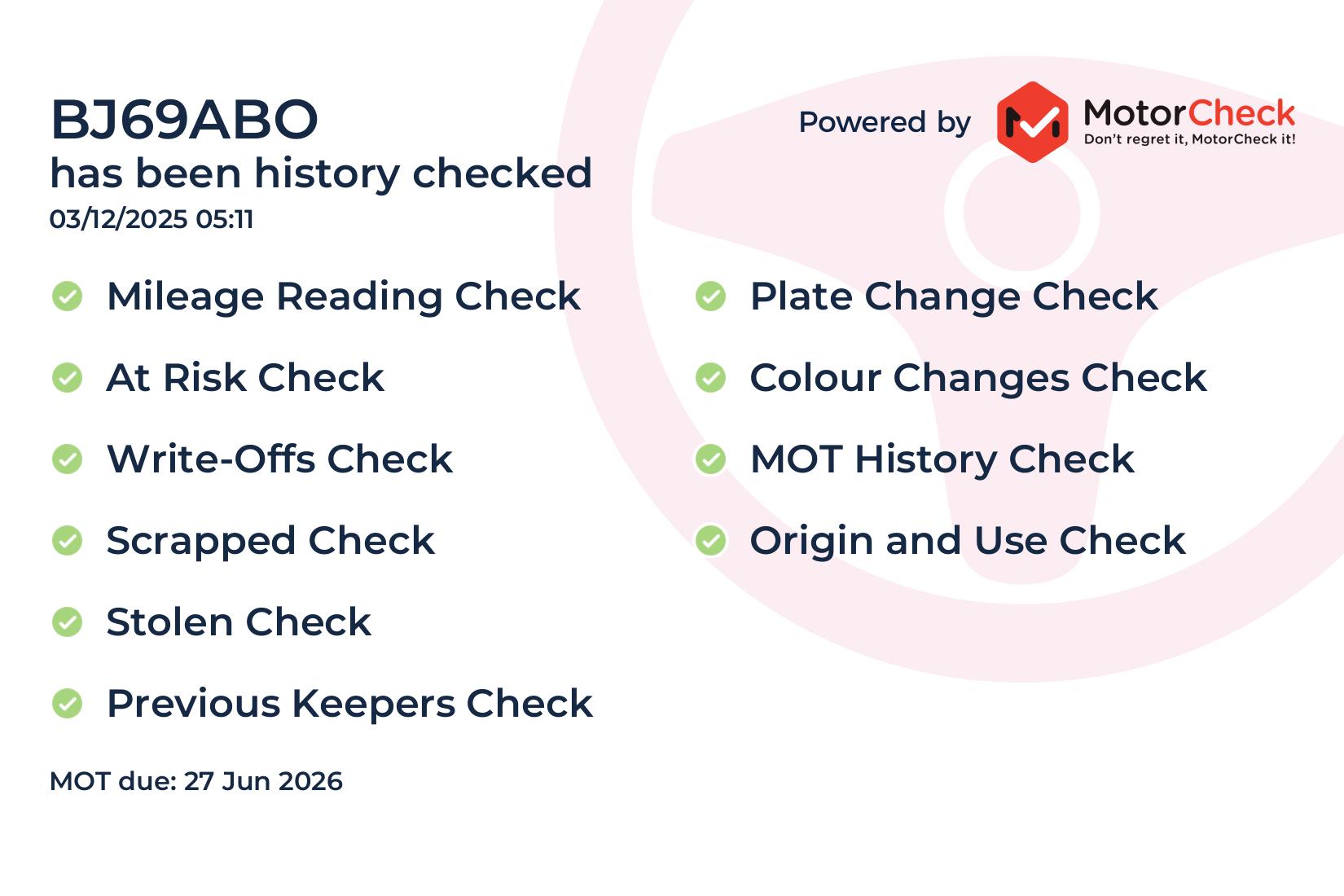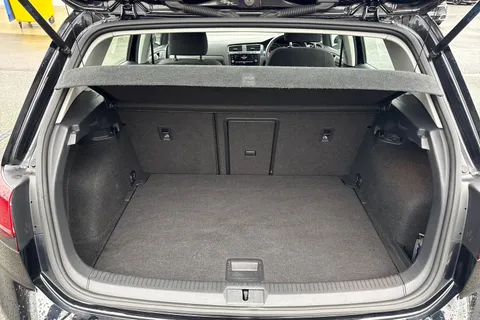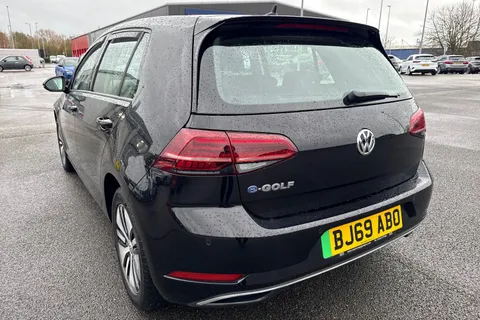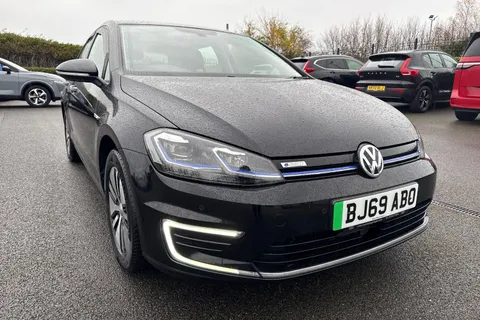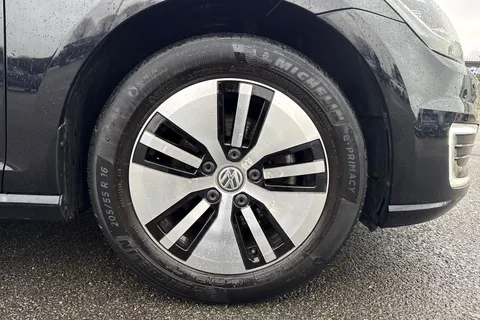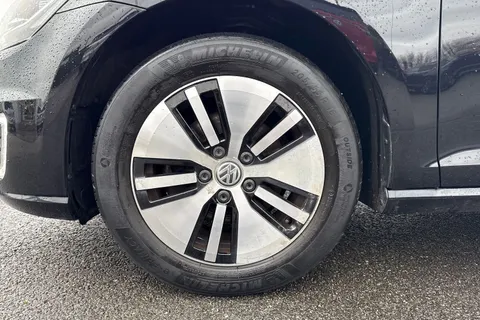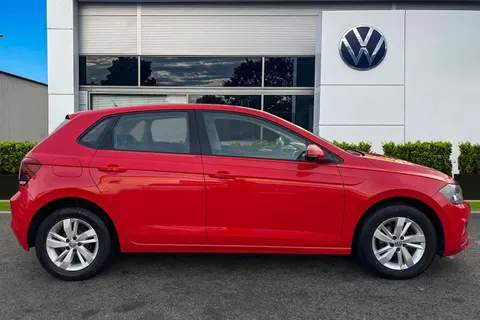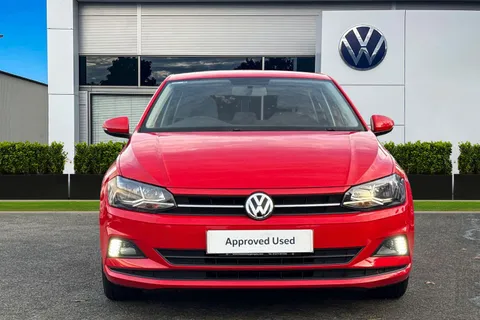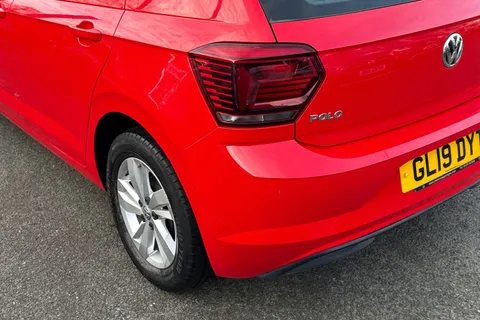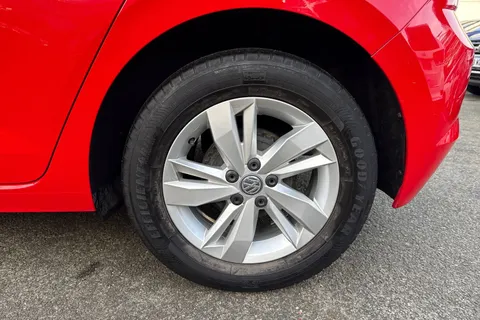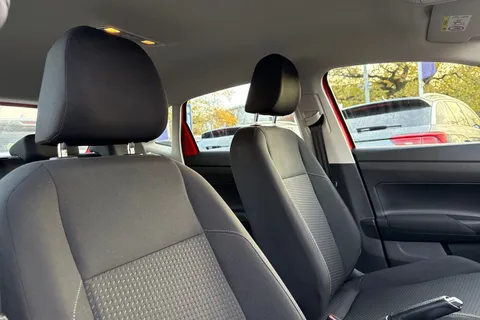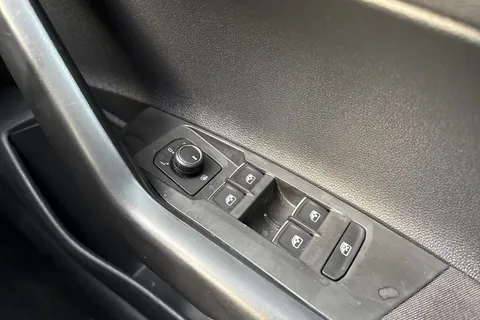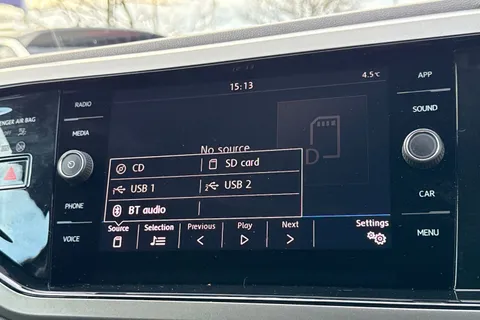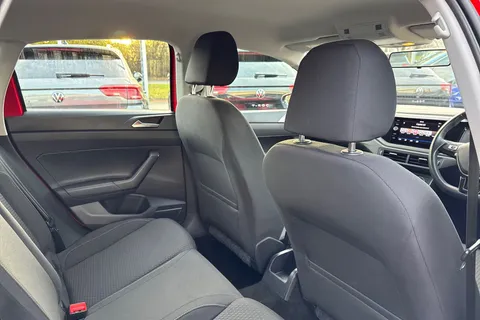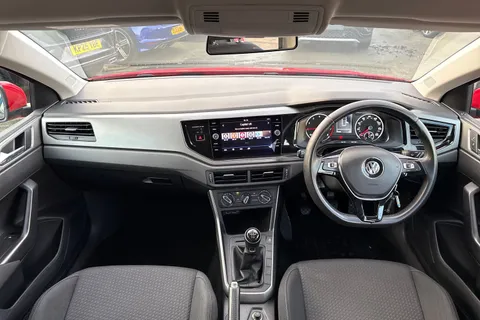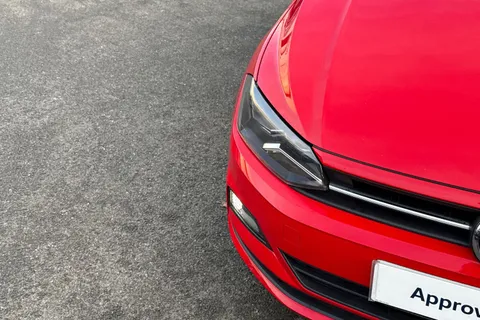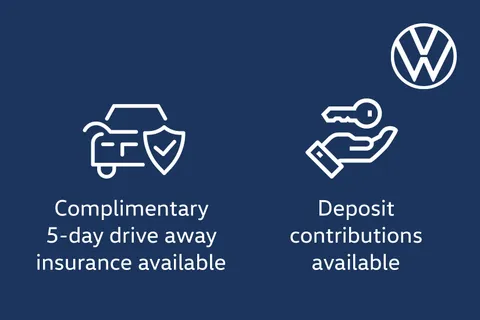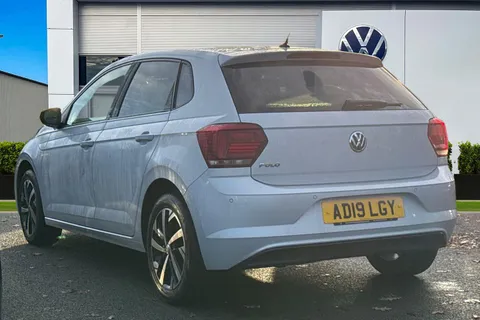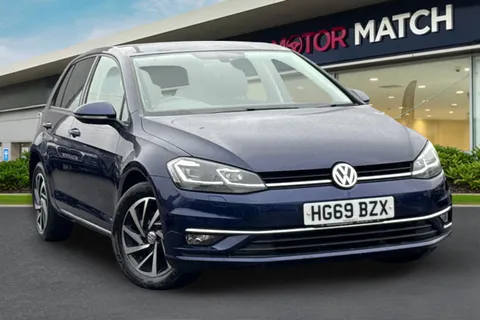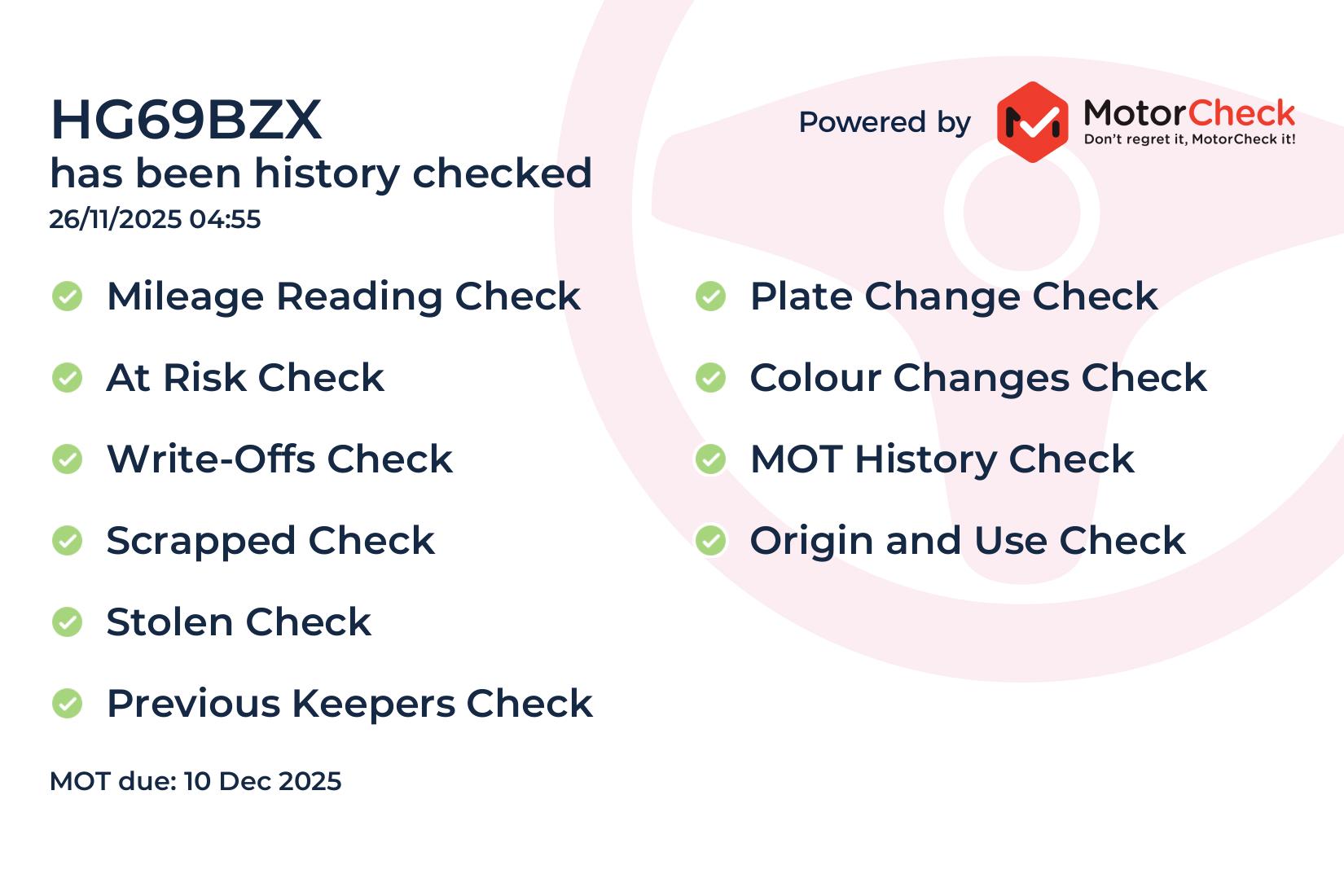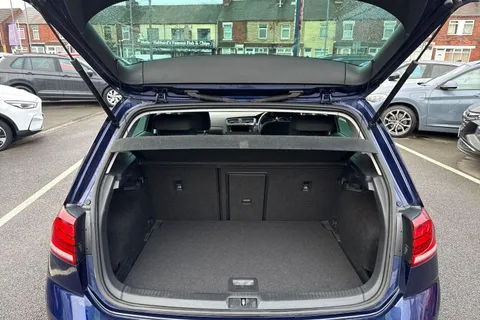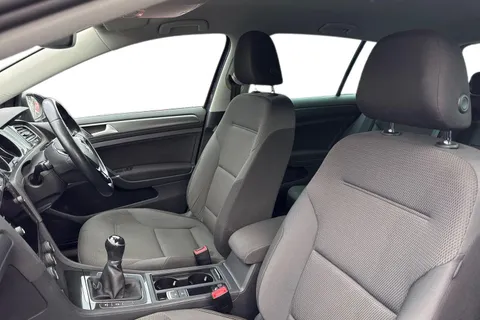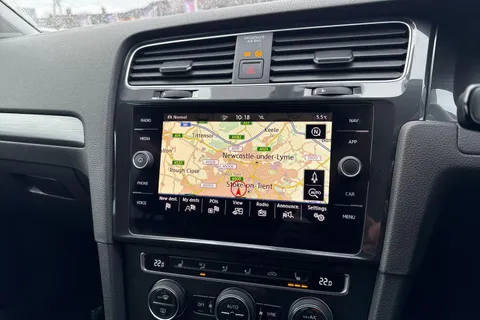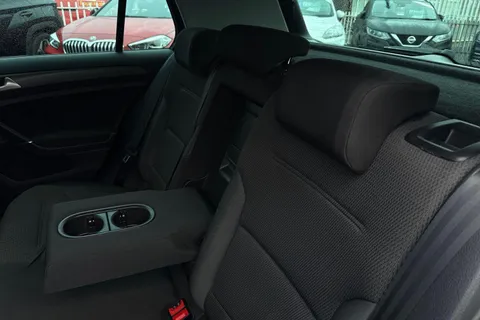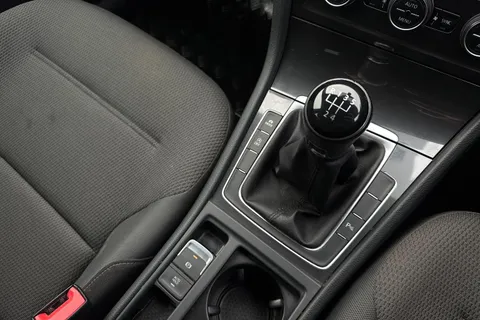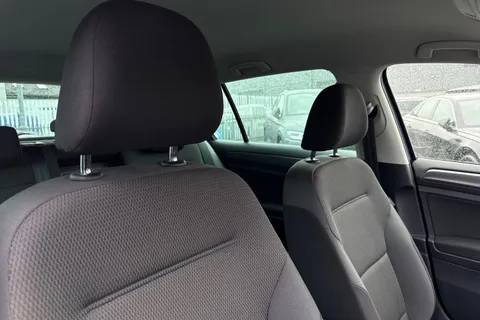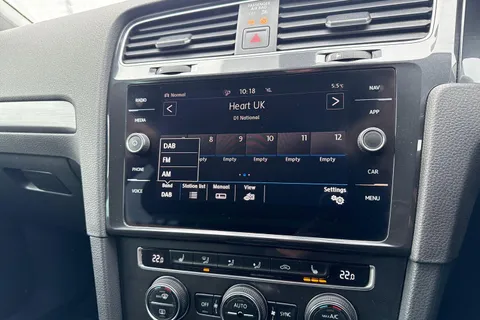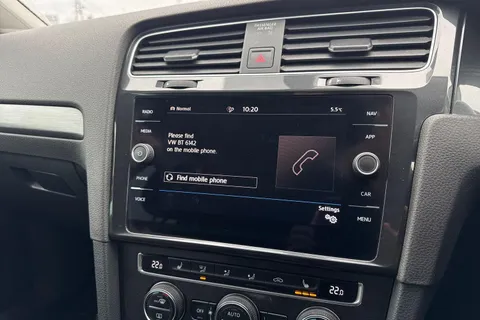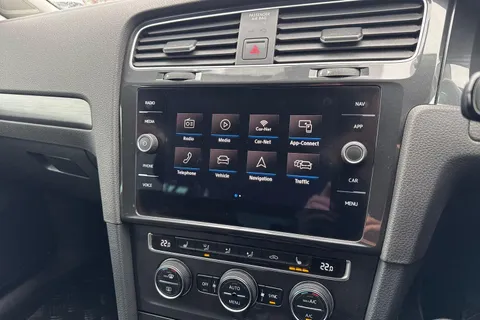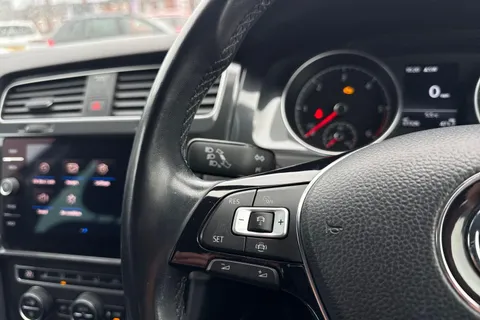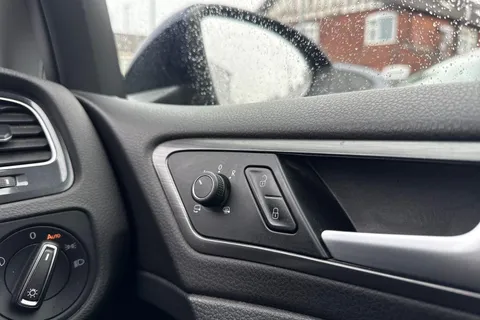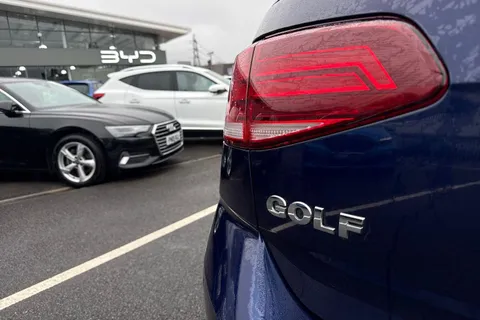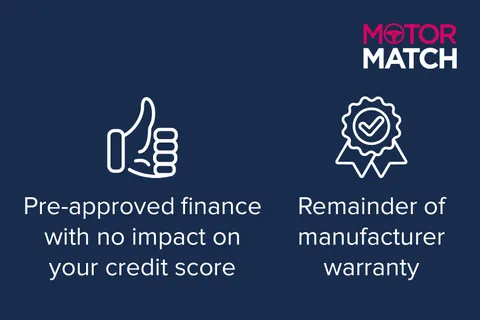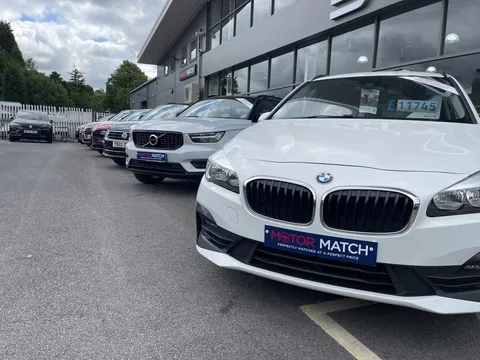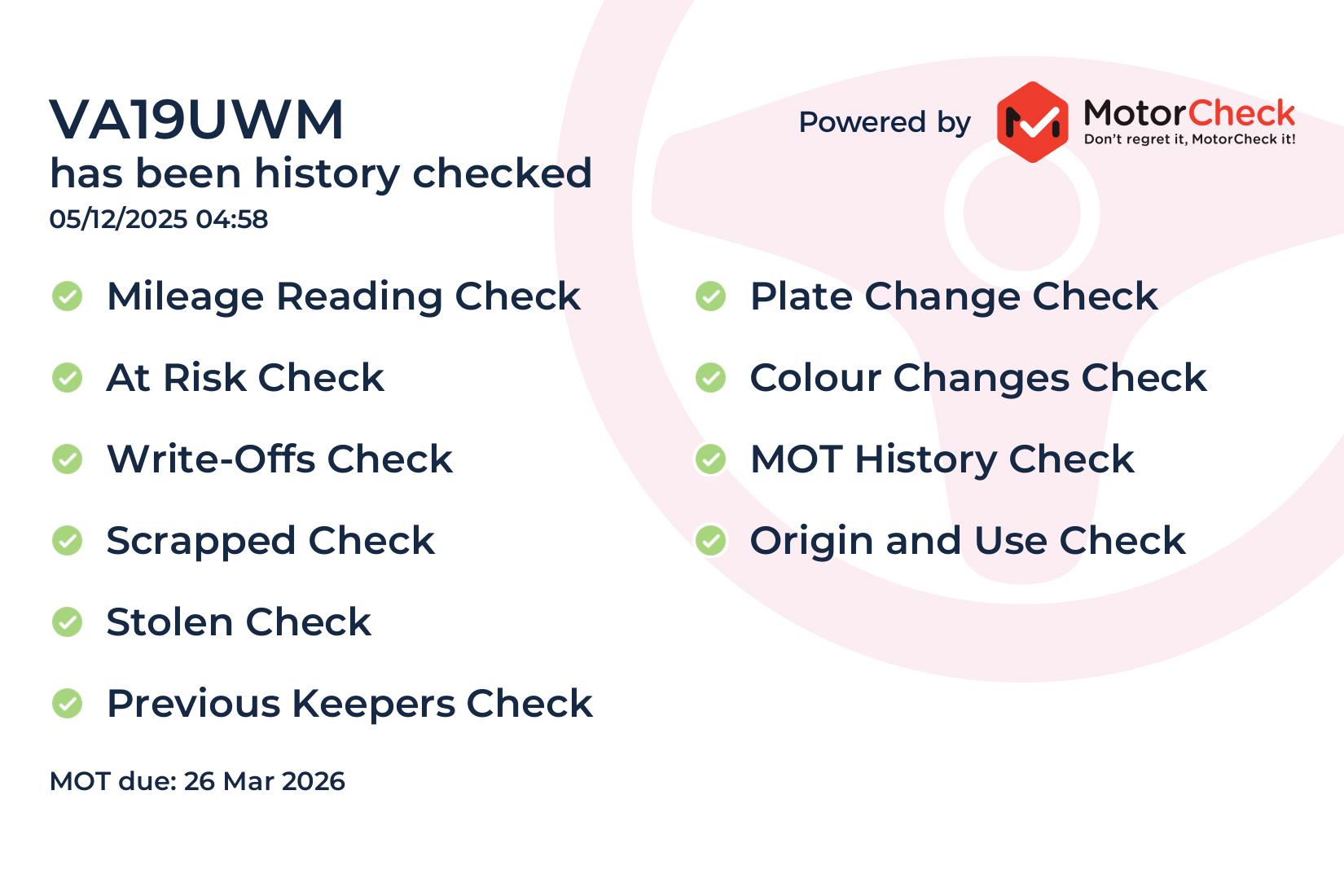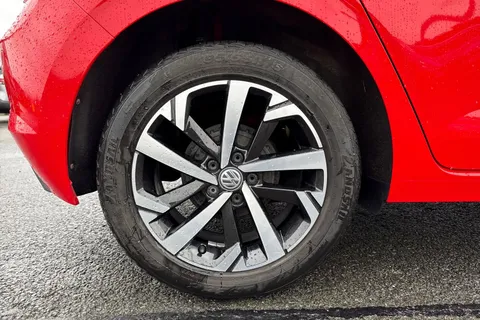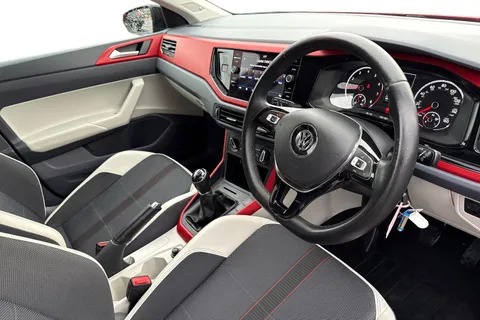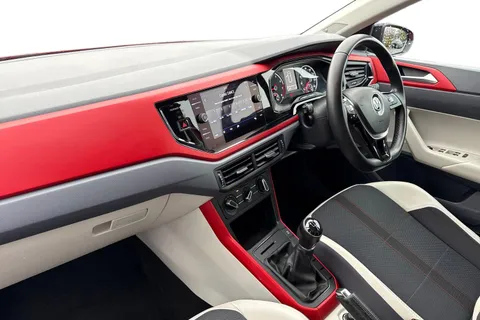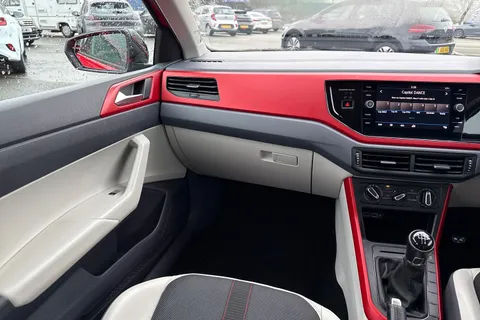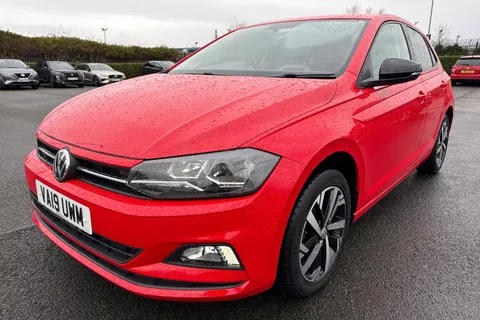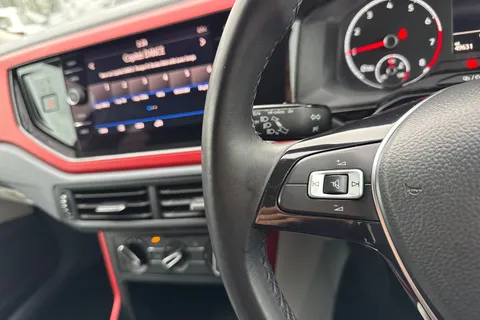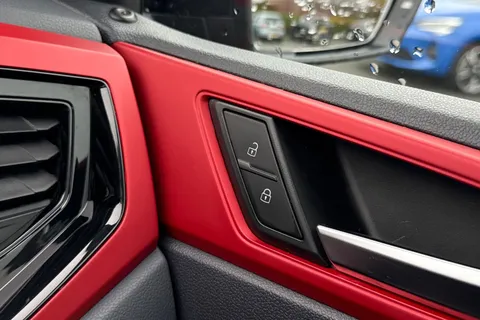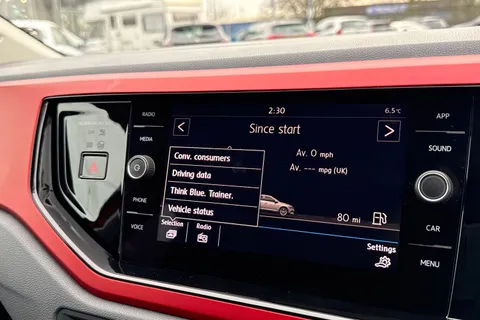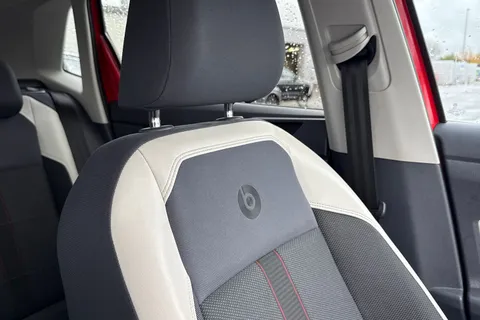Should I buy an estate car?
With the continuing rise in popularity of the SUV, you’d be forgiven for thinking that the market for the humble estate car is shrinking. However, by offering a more road-orientated driving style as well as a huge amount of practicality, there’s still very much a place for them.
We’ve tested three of the most popular models on sale today – the Volvo V90, Volkswagen’s Passat Estate and the Skoda Superb Estate.
All three offer plenty of space at a relatively affordable price, and have a good degree of efficiency on their sides, too. We’re here to find out which is best.
The Volvo V90, Volkswagen’s Passat Estate and the Skoda Superb Estate are 2017 year models.

What’s new with these estate cars?
Let’s start with the Swede. Volvo’s V90 represented a big step forward for the brand, bringing with it increased levels of technology and assistance systems as well as a refined, contemporary look. It was received exceptionally well, with solid build quality, good levels of standard equipment and excellent in-car spaciousness combing to provide a package that’s pretty competitive.
In comparison, the Volkswagen Passat is possible a little more run-of-the-mill. Our test car, was in GT spec and you get a good degree of standard equipment for that price. Out of the three here, it’s easily the most driver-focused, with the other two geared up more for comfort.
And finally, the Skoda Superb Estate. With one of the largest load capacities in the class, it’s been the go-to choice for those who are looking for as much space as possible.
Despite the high amount of practicality and standard equipment available, the Skoda’s price remains competitive, making it a key contender here.
What’s under the bonnet of these estate cars?
All three cars utilise a diesel engine. For long-distance drives it’s the go-to choice, and provides enough shove to keep these cars on the move no matter how heavily-laden they are.
The Volkswagen is powered by a turbocharged 2.0-litre engine producing 188bhp and 400Nm of torque. Thanks to BlueMotion low-emissions technology, Volkswagen claims it’ll return up to 61.4mpg on a combined cycle while emitting just 122g/km CO2 – impressive for a car of this size. These figures were affected by the car’s dual-clutch automatic gearbox – if you’re after the best results possible, then opt for the six-speed manual. The sprint to 60mph takes 6.7 seconds, before topping out at 145mph.
Meanwhile, the V90 also uses a 2.0-litre turbocharged diesel, producing a Passat-equaling 188bhp and 400Nm of torque. Volvo claims that it’ll do 62.8mpg and emit 119g/km CO2. It’s slightly slower than the Passat, hitting 60mph in 8.2 seconds, before reaching a top speed of 140mph. Here, it’s driven through an eight-speed automatic gearbox.
Lastly comes the Skoda and, unsurprisingly, it uses a 2.0-litre turbocharged diesel with 188bhp. Driven through a six-speed dual-clutch automatic gearbox, it takes 7.5 seconds to reach 60mph, and will carry on to a top speed of 145mph. Skoda claims that it’ll return 61.4mpg and emit 120g/km CO2.
In terms of engines, the three are very well matched, offering economy and performance in equal measure, though if you’re after the best performance the Passat is the clear winner here.

What’s are these estate cars like to drive?
Of course, any relatively heavy, large estate car is never going to respond particularly keenly to any ‘involved’ driving, but the three here aren’t as uninspiring to drive as you’d expect.
The Volkswagen in particular is the most dynamic on the road, with its large wheels and tyres providing a good amount of grip and the robust steering providing quite a lot of confidence through the bends. Likewise, the Skoda also feels relatively taut at higher speeds, though its steering doesn’t provide quite the same amount of involvement as the Passat’s.
The Volvo feels large, particularly on twisty B-roads. The steering is quite light, and the gearbox slushes through the cogs well making it a relaxing long-distance cruiser. It also features some of the latest semi-autonomous technology, which can take control of the car’s steering for certain periods during motorway driving. It’s an impressive system – it really does work – and makes the V90 relaxing to drive for longer periods.
How do these estate cars look?
All three cars look appealing on the road, but in completely different ways. The Volvo is understated in design, but features such as the instantly recognisable ‘Thor’s Hammer’ headlights ensure that it still stands out from the crowd. Chrome elements also help lift the look of the exterior, while the large alloy wheels fill the arches well and give the car plenty of presence out on the road.
The Skoda’s styling is also rather downplayed, there’s no doubt about that, but in this context it works. Our car was a top-spec Laurent and Klement edition car, and this adds 18-inch alloy wheels as well as LED rear lights and tinted glass. Bi-xenon headlights also come as standard, which drastically improve night time visibility compared with standard lighting units. Our test car’s metallic dark blue paint also gave it a battleship-like stealth look – ideal for going under the radar.
The Passat’s styling is classic Volkswagen. Our car’s blue metallic paint did wash the car out somewhat, though the grey multi-spoke alloy wheels gave it just a touch more visual heft. The front end of the car is square and fuss-free – and the same can be said of the rear, too.

What’s are these estate cars like inside?
As large, workhorse-like estate cars, good levels of interior space is essential. All three are able to offer that, though some better than others; first, let’s talk boot space.
The Superb offers up 660 litres of seats-up cargo capacity, rising to 1,950 litres with them lowered. It’s a square and easy to use space too, making it ideal for larger items such as suitcases.
The Passat’s is impressively large, though not quite as capacious as the Skoda’s. There’s 650 litres of space to play with, rising to 1,780 litres with the rear seats down. One issue is that the rear seats don’t fold completely flat, but this is contrasted by the car’s usefully square loading area.
Finally comes the V90. Volvo estates have long been famed for their load-lugging ability, but interestingly, this latest car actually offers less boot space than the V70 it replaces. Seats-up boot space sits at 560 litres, rising to 1,526 litres with them folded flat. It is, therefore, the smallest load area here – and it is quite a large drawback, particularly in this company.

What’s the spec of these estate cars like?
All cars get a good amount of equipment as standard, offering drivers plenty of technology and driver assistance systems. The top-spec Superb weighed in at a reasonable £36,105 including options, with these being features such as adaptive cruise control, a 10-speaker sound system and a full infotainment system accessed via an eight-inch touchscreen. Other extras fitted to our test car included a heated steering wheel and a rear-view parking camera, the latter – a £350 option – is one we’d thoroughly recommend given the car’s considerable length.
The Passat, particularly in GT specification, receives a high amount of standard equipment. Daytime running lights are included, as are body-coloured bumpers and chrome window surrounds. Inside, you get satellite navigation and Bluetooth connectivity, as well as adaptive cruise control and front and rear parking sensors. Prices for the Passat Estate start at £26,550 and, from what we can see, this looks like pretty good value for money.
Finally, the Volvo. Easily the most expensive here – our test car came in at £46,690 including options – it does also come with a vast amount of standard equipment. Our car came in Inscription specification – one of the highest available. It adds 18-inch alloy wheels to the V90, along with a large 12.3-inch touchscreen display housed in the centre of the cabin; a handsfree tailgate is also fitted, as is ultra-soft Nappa leather. It’s an all-encompassing specification, though it does bump up the Volvo’s price tag by a considerable amount.
Verdict
It’s a tricky decision to make. All three estate cars have different positives and, of course, different negatives. The Volvo’s rounded looks and high-quality interior are distinct plus points, for instance, while its smaller boot size and high cost bring it back down. Bearing all three in mind, the winner has to be the Skoda – it offers the best levels of practicality, equipment level and performance for the best price.


